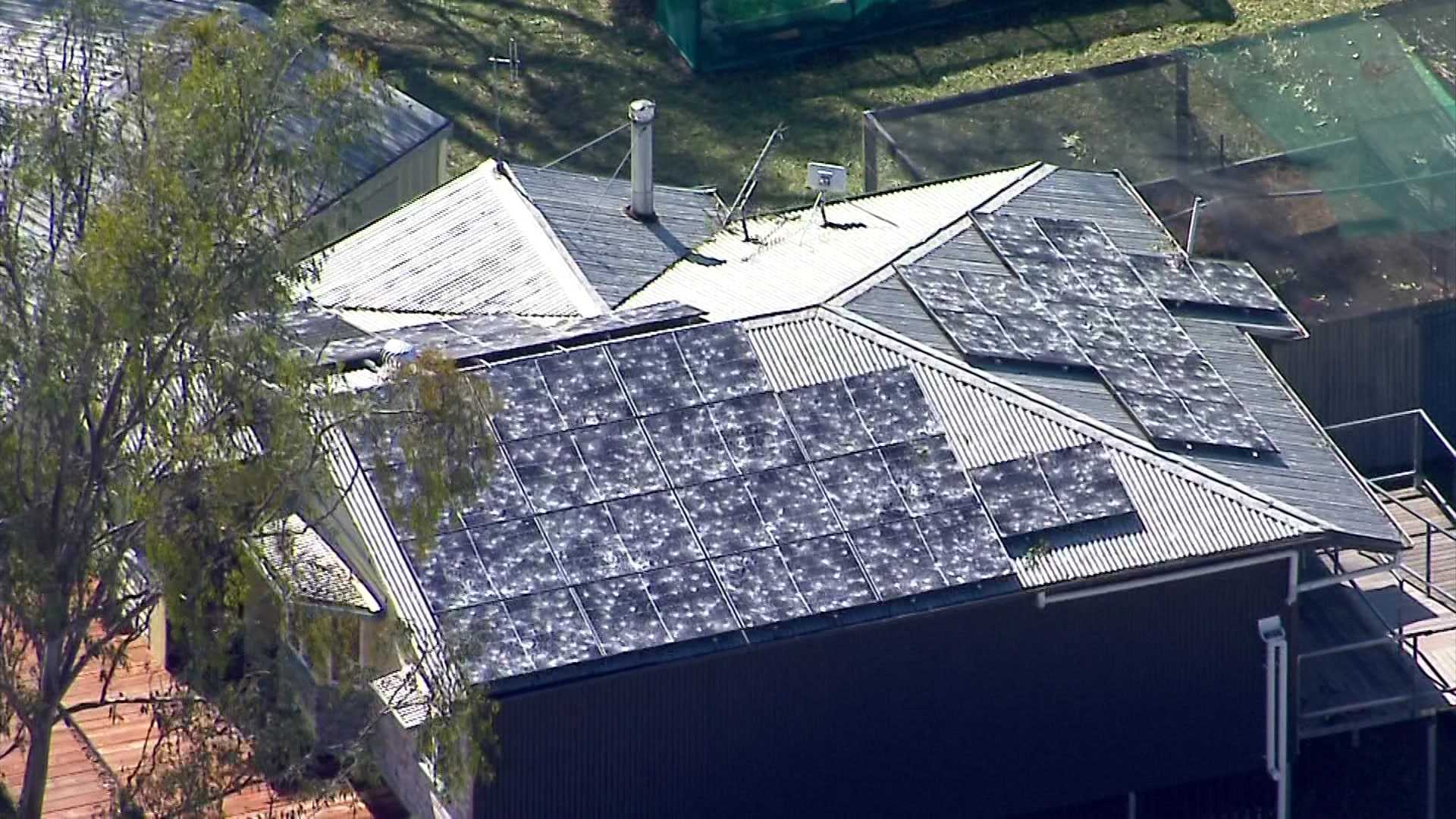News
Giant Hail in Queensland Raises Concerns Over Solar Panel Standards

PRATTEN, Queensland — Two supercell storms in early November have destroyed hundreds of solar panels in southeast Queensland, raising questions about national standards for solar panel durability.
The storms hit the region on November 1, with hailstones measuring 9 centimeters in diameter, far exceeding the national minimum standard of 2.5 centimeters. So far, there have been 28,250 insurance claims filed, over half of which are related to damaged vehicles.
Prue and Jamie Rogers, who moved to rural Pratten a year ago, lost all 21 of their solar panels during the storm. “Everything in the house is connected through solar — we have no power through main sources,” Ms. Rogers explained. “It was literally the worst experience of my life. I’ve never seen hail so bad.”
In addition to their solar panels, the couple’s five vehicles were also damaged. They estimate their total damages will reach six figures, but they do not have insurance to cover such events. “It costs so much for insurance that you can’t even insure your place for these kinds of things,” Ms. Rogers said.
Despite these setbacks, the couple has arranged a payment plan with their solar provider to prioritize the panel replacements. “We’re grateful for that… otherwise we would have had to wait until May next year,” she added.
Local residents described the hailstorm as sounding like bullets, causing extensive damage. Almost every property in Pratten, a town with a population of 229, reported damage to solar panels. According to the Insurance Council of Australia, most claims related to motor vehicles, with 43 percent concerning homes and the rest for commercial properties.
Tim Raupach, a researcher at the University of New South Wales, noted that severe hailstorms are expected to occur more frequently as climate conditions change. “In cities like Sydney and Melbourne, we’ve seen significant increases in future simulated hailstone sizes,” Dr. Raupach said. “In Brisbane, there’s been an increase in frequency, but not necessarily in hailstone sizes.”
Adam Stingemore, chief development officer at Standards Australia, indicated the nation’s solar panel standards are aligned with international guidelines that account for hail up to 7.5 centimeters. “However, there are a lot of products coming onto the market that exceed the minimum standard for more hail protection,” he noted.
Both Mr. and Ms. Rogers remain optimistic despite their losses, stating, “We’re one of the lucky ones that have been able to get our panels put back on.” They expressed concerns about future storms and their ability to protect their solar panels. “We don’t have the money to pay for solar repairs,” Mr. Rogers mentioned. For now, they plan to be vigilant and weather through the challenges ahead.












